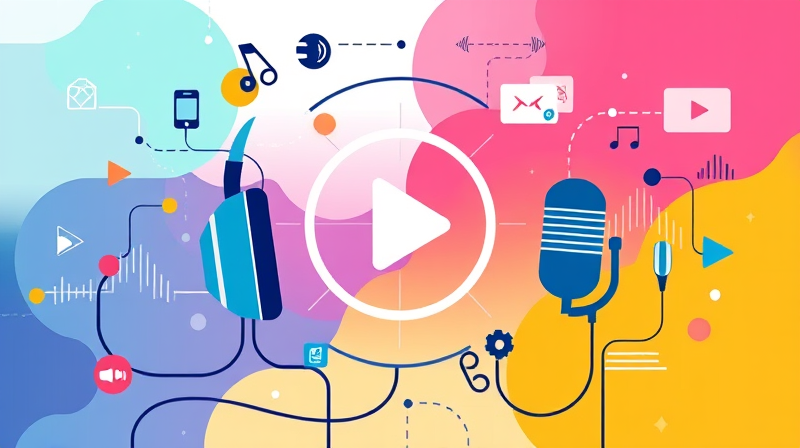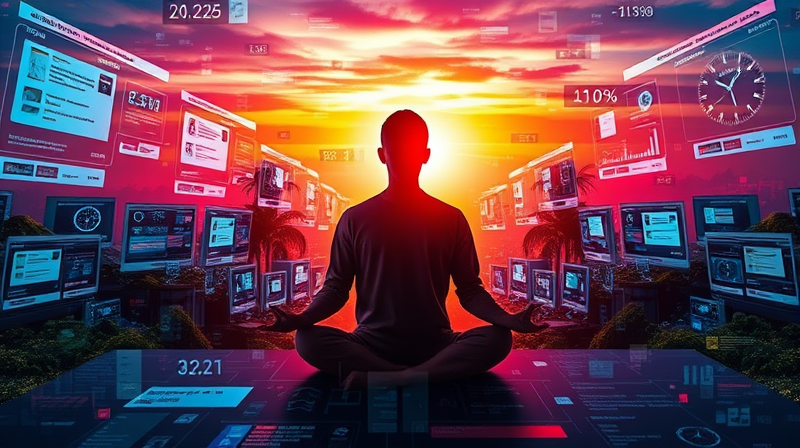In our ever-evolving digital landscape, online podcasts and videos have emerged as transformative educational tools that bring deeper context across countless subjects. These interactive media not only complement traditional learning methods but also empower users to explore vast topics in flexible and engaging ways.
Whether you are a student, educator, or lifelong learner, the accessibility and versatility of podcasts and videos have opened up exciting new possibilities. With the ability to listen on the move and watch content that brings theories to life, these digital resources continue to change how we absorb and retain knowledge.
Exploring the Educational Benefits
Podcasts, in particular, offer a unique learning experience. They allow for the consumption of rich, multifaceted content at any time and place—be it during a commute, while exercising, or at home. This flexibility makes it easier than ever for learners to dive deep into subjects like science, history, leadership, and technology without being confined to a classroom.
One of the significant advantages of podcasts is their ability to enhance comprehension. The conversational format, enriched by tone and inflection, simplifies even the most complex topics. This auditory approach is especially beneficial for auditory learners and individuals who thrive on storytelling and personal connection.
- Enhanced Comprehension and Engagement: By catering to auditory senses, podcasts improve vocabulary development and simplify intricate topics through dialogue that resonates with listeners.
- Classroom Integration: Many educators are now using podcasts as supplements to curriculum. Teachers are creatively incorporating them to reinforce lessons, encourage assignment-based learning, and even inspire students to create their own podcast projects.
- Inclusivity in Learning: Podcasts are invaluable for reaching diverse audiences, including visually impaired learners and those with varying literacy levels. This broad appeal supports educational equality and personalized learning experiences.
The power of podcasts lies in their ability to foster independent learning. As students navigate through episodes at their own pace, they are naturally encouraged to think critically and question the world around them. This active engagement and analysis of content stimulate intellectual curiosity and a passion for lifelong learning.
Moreover, online video podcasts blend this auditory strength with a visual component, creating a richer learning experience. With platforms such as YouTube and Spotify championing video content, these podcasts are rapidly gaining popularity by offering a multi-layered approach to education.
The Visual Impact of Video Podcasts
Video podcasts elevate the learning process by adding visual storytelling to the engaging voice of traditional podcasts. The ability to integrate visual aids such as facial expressions, gestures, infographics, and animations enhances the clarity and retention of information.
Visual cues not only capture attention but also ensure that complex concepts are easier to grasp. Subjects that are inherently visual, like science and technology, benefit greatly from this format as it makes challenging topics approachable and interesting.
- Improved Retention: The combination of auditory and visual elements helps viewers remember and understand concepts much better than with audio alone.
- Broad Social Reach: Video podcasts are built for shareability. Their adaptability to social media and various digital platforms means that learning can extend beyond traditional settings and reach global audiences.
- Interactive Presentation: With options to include animations and live demonstrations, video podcasts transform learning into an interactive experience, inviting viewers to engage with the subject matter in depth.
Choosing between a pure audio podcast and a video podcast ultimately depends on the context and the audience's learning style. Each medium has its advantages, and many creative educators are finding innovative ways to integrate both into their teaching strategies.
While traditional podcasts excel at offering flexibility and ease of use, video podcasts create compelling narratives that marry visuals with sound. This evolution in educational media is not just a trend—it highlights a lasting shift toward immersive and adaptable learning methodologies.
Charting the Future of Digital Learning
The promise of podcasts and video podcasts is immense. As these mediums continue to evolve, they are poised to become even more central to both formal and informal education. Future developments are expected to include co-hosted video commentary shows that harness the benefits of in-person chemistry, along with the integration of podcasts into established educational frameworks.
Looking ahead, the emphasis on skill-building and professional development through podcasts—particularly in areas like artificial intelligence, leadership, and technology—is set to drive significant advances in how we learn and work. This dynamic blend of flexibility, creativity, and tailored content is paving the way for a future where knowledge is both accessible and deeply engaging.
In this era of constant change, embracing the possibilities offered by online podcasts and video content is more than a trend—it is a transformative journey toward a more inclusive and innovative educational landscape. As you explore these resources, remember that every podcast or video you watch is an opportunity to enrich your mind and empower your future.







